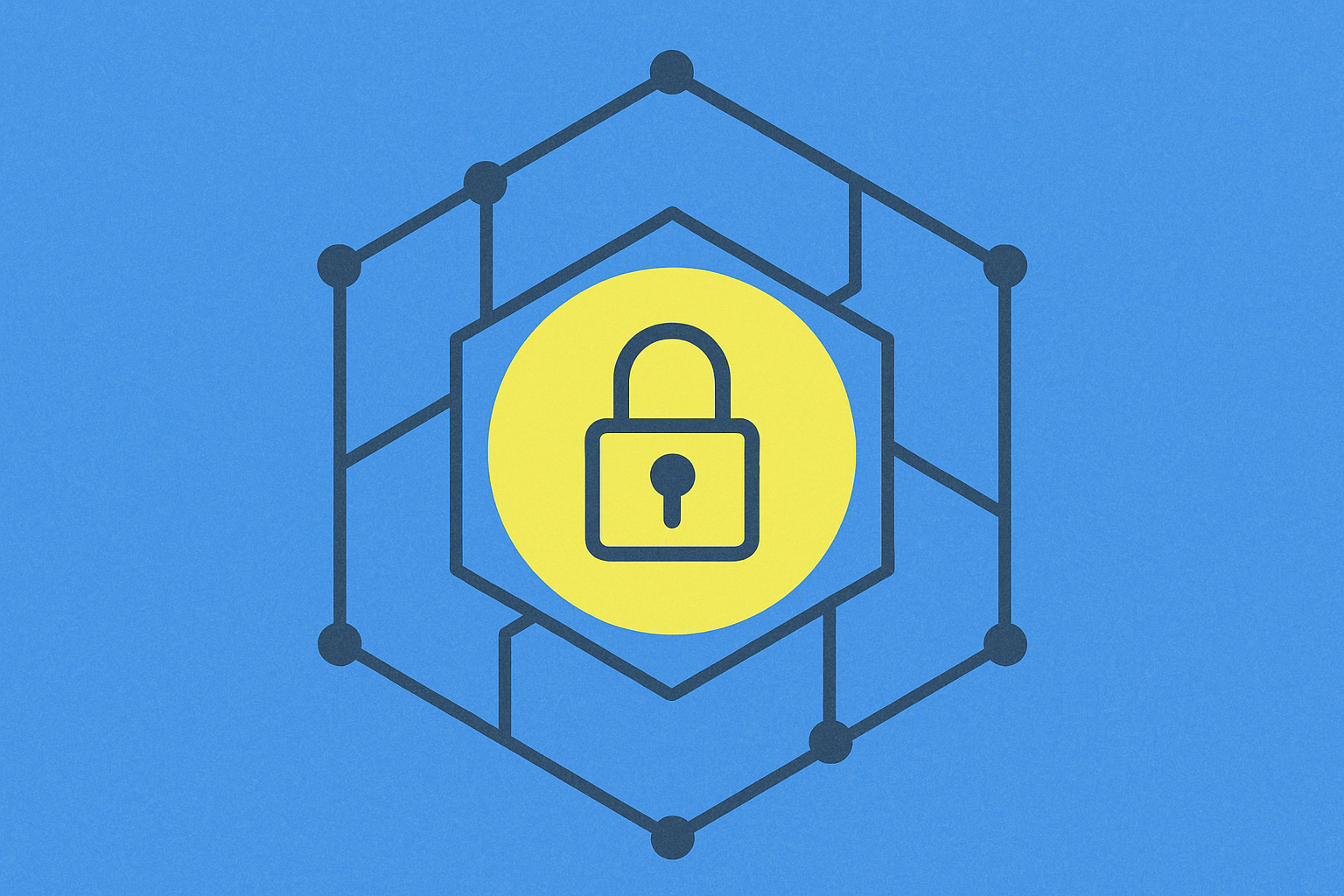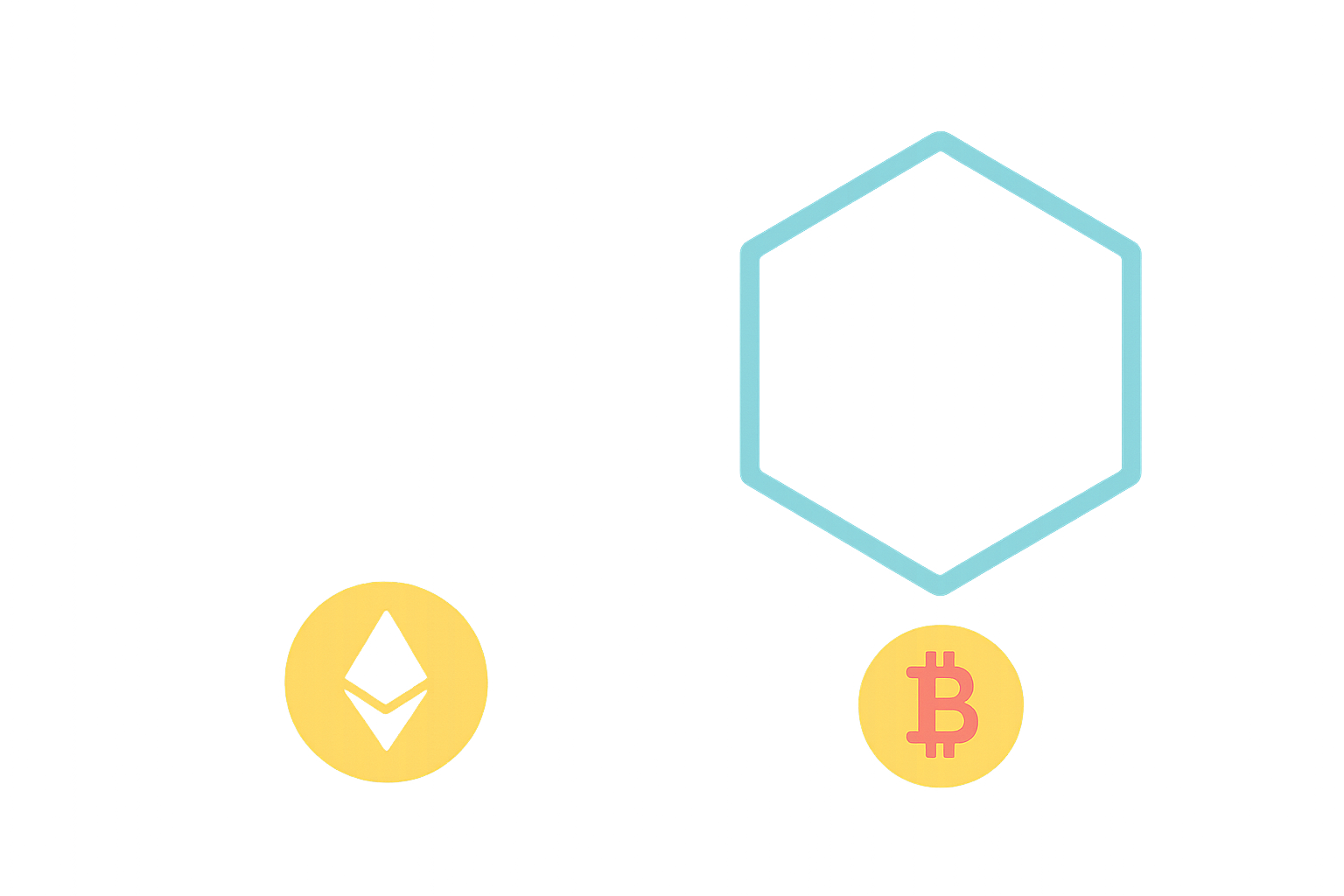Monad: 2025'te Blockchain Geliştiricileri için Yüksek Performanslı Web3 Altyapısı


Web3'ü Devrim Yapmak: Monad'ın Çığır Açan Altyapısı
Monad, Web3 blok zinciri altyapı alanında devrim yaratan bir güç olarak ortaya çıktı ve merkeziyetsiz uygulamalar için eşsiz bir performans ve ölçeklenebilirlik sunuyor. 2025 itibarıyla, Monad'ın blok zinciri teknolojisine yenilikçi yaklaşımı, geliştiricilerin Web3 uygulamalarını inşa etme ve dağıtma biçimini devrim niteliğinde değiştirdi ve sektördeki uzun süredir devam eden zorlukları ele aldı.
Monad'ın başarısının temelinde, paralel işlem yürütmesini tam EVM uyumluluğuyla birleştiren yüksek performanslı mimarisi yatmaktadır. Bu benzersiz karışım, Monad'ın 10,000 işleme kadar (TPS) etkileyici bir verimlilik sağlamasına olanak tanırken, alt saniye kesinliğini korumaktadır. Platformun, merkeziyetsizlik veya güvenlikten ödün vermeden bu ölçekte işlemleri işleme yeteneği, onu yeni nesil blok zinciri platformları arasında bir lider olarak konumlandırmıştır.
Monad’ın özel konsensüs protokolü, MonadBFT, bu performans metriklerini elde etmede kritik bir rol oynamaktadır. İşlem yürütmeyi konsensüs sürecinden ayırarak, Monad büyük doğrulayıcı setlerini destekleyebilirken hız veya verimlilikten ödün vermez. Bu yenilikçi yaklaşım yalnızca ağın güvenliğini artırmakla kalmaz, aynı zamanda geniş bir katılımcı yelpazesine erişilebilir olmasını sağlayarak gerçekten merkeziyetsiz bir ekosistemi teşvik eder.
Eşi Benzeri Olmayan Performansı Serbest Bırakmak: Monad Avantajı
Monad blok zincirinin performans avantajları, yalnızca ham işlem verimliliği ile sınırlı değildir. Düşük gecikme süresi ve önemsiz ücretler sunarak, Monad, gerçek zamanlı etkileşimler ve yüksek frekanslı işlemler gerektiren merkezi olmayan uygulamalar için yeni olanaklar açmıştır. Bu, anlık kesinlik ve kesintisiz kullanıcı deneyimleri talep eden DeFi protokolleri, oyun platformları ve sosyal uygulamalar için özellikle dönüştürücü olmuştur.
Monad'ın performansını artıran temel yeniliklerden biri, özel durum veritabanı MonadDB'dir. Bu optimize edilmiş depolama çözümü, Ethereum uyumlu sistemlerde kritik bir bileşen olan Merkle Patricia Trie verilerine erişimi kolaylaştırarak blok zinciri performansını önemli ölçüde artırır. MonadDB'nin sağladığı verimlilik kazanımları, özellikle yüksek işlem hacimlerini işlerken belirgin hale gelir ve sistemin ağır yük altında bile yanıt vermeye devam etmesini sağlar.
Monad'ın geleneksel blok zinciri platformlarına göre performans avantajlarını göstermek için aşağıdaki karşılaştırmaya bakalım:
| Özellik | Monad | Geleneksel L1 Blok Zincirleri |
|---|---|---|
| TPS | 10,000+ | 10-100 |
| Blok Süresi | 400ms | 10-60 saniye |
| Kesinlik | 800ms | Birkaç dakika |
| Ücret Yapısı | İhmal edilebilir | Değişken, genellikle yüksek |
| EVM Uyumluluğu | Tam bytecode uyumluluğu | Değişir |
Bu performans metrikleri geliştirici topluluğun dikkatinden kaçmadı. 2025 itibarıyla, Monad ekosistemi 200'den fazla Web3 projesine ev sahipliği yapıyor ve bu projeler, merkeziyetsiz finans protokolleri, AI ağları, oyun platformları ve geliştirici araçları gibi çeşitli uygulama alanlarını kapsıyor. Bu hızlı benimseme, platformun modern blok zinciri uygulamalarının taleplerini karşılama yeteneğinin bir kanıtıdır.
Ölçeklenebilirlik Yeniden Tanımlandı: Monad'ın Web3'ün En Büyük Zorluklarını Nasıl Çözdüğü
Ölçeklenebilirlik, uzun zamandır blok zinciri teknolojisinin zayıf noktası olmuş, merkeziyetsiz uygulamaların yaygın benimsenimini sınırlamıştır. Monad’ın bu zorluğu çözme yaklaşımı çok yönlüdür; yalnızca işlem hacmini değil, aynı zamanda gerçekten ölçeklenebilir bir Web3 ekosistemini desteklemek için gereken altyapıyı da ele almaktadır.
Monad’ın ölçeklenebilirlik çözümünün ana bileşenlerinden biri, iyimser paralel yürütme modelidir. Bu yenilikçi yaklaşım, birden fazla işlemin aynı anda işlenmesine olanak tanır ve ağın genel verimliliğini dramatik şekilde artırır. Bu paralel işleme yeteneğinden yararlanarak, Monad karmaşık akıllı sözleşme etkileşimlerini ve yüksek hacimli token transferlerini, birçok diğer blok zinciri platformunu etkileyen darboğazlar yaşamadan yönetebilir.
Ayrıca, Monad'ın ölçeklenebilirliği, temel katmanın ötesine geçerek tüm geliştirme yığınını kapsamaktadır. Platform, geliştiricilerin yüksek performanslı RPC hizmetlerine, indeksleme çözümlerine ve analitik araçlara erişim sağlamasını garanti etmek için QuickNode, Alchemy ve Chainbase gibi önde gelen altyapı sağlayıcılarıyla ortaklıklar kurmuştur. Bu iş birlikleri, Monad'ın mimarisine özel olarak tasarlanmış geliştirici araçları için sağlam bir ekosistem oluşturmuştur ve mevcut Ethereum araçlarıyla sorunsuz entegrasyon sağlarken yeni yeteneklerin kilidini açmaktadır.
Geleceği İnşa Etmek: Monad'ın 2025'te Blok Zinciri Gelişimine Etkisi
2025'te durduğumuzda, Monad'ın blok zinciri gelişimi üzerindeki etkisi inkâr edilemez. Platform, sadece ölçeklenebilirlik ve performans konusundaki teknik zorlukları ele almakla kalmadı, aynı zamanda geliştiricilerin merkeziyetsiz uygulamalar oluşturma yaklaşımında bir değişim katalize etti. Ethereum'a özgü uygulamaları Monad üzerinde sorunsuz bir şekilde dağıtma yeteneği, birçok geliştirici için giriş engelini düşürdü ve Web3 alanındaki yenilik hızını artırdı.
Monad ekosistemi, özellikle geleneksel blok zinciri altyapısının sınırlamalarıyla kısıtlanmış alanlarda deney ve yenilik için bir sıcak nokta haline gelmiştir. Örneğin, platformun yüksek işlem hacmi ve düşük gecikmesi, merkezi sistemlerin performansına rakip olan karmaşık çevrimiçi finansal uygulamaların geliştirilmesine olanak tanımıştır. Benzer şekilde, oyun ve NFT sektörleri Monad üzerinde bir yeniden doğuş yaşamıştır; geliştiriciler platformun yeteneklerini kullanarak daha önce çevrimiçi olarak ulaşılamayan gerçek zamanlı, etkileşimli deneyimler yaratmaktadır.
Sonuç olarak, Monad’ın 2025 yılında önde gelen bir Web3 blok zinciri altyapı çözümü olarak ortaya çıkması, merkeziyetsiz teknolojilerin evriminde önemli bir kilometre taşıdır. Ölçeklenebilirlik ve performansın temel zorluklarını ele alarak uyumluluğu korurken, Ethereumekosistem, Monad kendisini sonraki nesil blok zinciri platformlarının ön saflarında konumlandırmıştır. Web3 ortamı gelişmeye devam ederken, Monad'ın blok zinciri altyapısına yönelik yenilikçi yaklaşımı, merkeziyetsiz uygulamaların ve hizmetlerin geleceğini şekillendirmede önemli bir rol oynamaya adaydır.

Ethereum Ana Ağ Rehberi: 2025'te Ağı Nasıl Kullanır ve Faydalanırsınız

ETH Fusaka Yükseltmesi: Ethereum Evrimi için Bir Sonraki Adım

AURORA nedir: Kuzey Işıkları olgusunu ve bunun bilimsel önemini anlamak

2025'te İzlenecek En İyi Ethereum Katman 2 Projeleri

Ethereum Fusaka nedir? L1 ve L2 ölçeklenebilirliğini nasıl yeniden şekillendirecek?

Ethereum'un Fusaka Yükseltmesi Gaz Limitini 60M'a Yükseltecek

Dropee Günlük Kombinasyonu 11 Aralık 2025

Tomarket Günlük Kombinasyonu 11 Aralık 2025

Merkeziyetsiz Finans'ta Geçici Kayıp Nedir?

Kripto Parada Çifte Harcama: Önleme Stratejileri

Kripto Ticaretinde Wyckoff Yönteminin Anlaşılması





